Teach your students how to calculate discounts and sale prices using fractions and decimals with this comprehensive teaching presentation.
Teach How to Calculate Discounts and Sale Prices
Dad is buying a barbeque. It is priced at $400, but is on sale for 25% off.
What is the discount, and how much will Dad end up paying for the barbeque?
To work out the answer to this question, your students will need to know how to calculate discounts and sale prices.
- A discount is a price reduction that is being applied to the regular price of an item. Discount rates are usually expressed as a percentage.
- The sale price is the amount paid by the consumer once the discount is applied. The discount is subtracted from the original price.
This comprehensive 19-slide teaching presentation teaches your students how to calculate discounts and sale prices by finding equivalent fractions and decimals for the percentage discount. It explores each strategy in detail using annotated examples of each process. It also includes shared questions and review activities that the class can work through together as a means of checking for understanding.
The key content addressed in this teaching presentation includes:
- Discounts in everyday life
- What is a discount?
- Calculating discounts using fractions
- Calculating discounts using decimals
- What is the sale price?
- Calculating the sale price
This slide deck downloads in either a Microsoft PowerPoint or a Google Slides format. Be sure to operate the presentation in Slideshow mode.
More Resources for Calculating Discounts
Once you have presented this slideshow to your students, you may be looking for further resources to enable your students to practice their newfound skills. Here are some resources we feel would perfectly accompany this calculating discounts slide deck:
- Worksheets – When it comes to practising computations in order to automate the process, the humble worksheet certainly does the trick! If you’re wanting to provide your students with a printable worksheet that allows them to practise calculating discounts, then look no further than our Grocery Percentages Worksheet.
- Games – Children love learning through games! If it involves playing with a classmate, then even better! Our Roll Me a Discount Board Game is a fun and collaborative way for your students to practice calculating discounts and sale prices.
- Projects – Get your students connecting their math knowledge to the real world with Teach Starter’s Plan a Party Maths Investigation. In this investigation, students must use their knowledge and understanding of decimals and percentages to plan an end-of-year celebration for their class. There are many opportunities to calculate discounts and sale prices within this investigation!
Download to Calculate Discounts and Sale Prices
Use the dropdown menu on the Download button to access your preferred version of this resource. (Note: You will be prompted to make a copy of the Google Slides presentation before accessing it.)
Project the resource onto your screen and work through the slides as a class for a paperless lesson on how to calculate discounts and sale prices!
More Fractions, Decimals and Percentages Resources
If you love the look of this resource, then we have good news for you! We have plenty more resources to complement your lessons on equivalent fractions, decimals and percentages. Click below to browse more teacher-created, curriculum-aligned resources!
[resource:54318] [resource:4804187] [resource:5794]
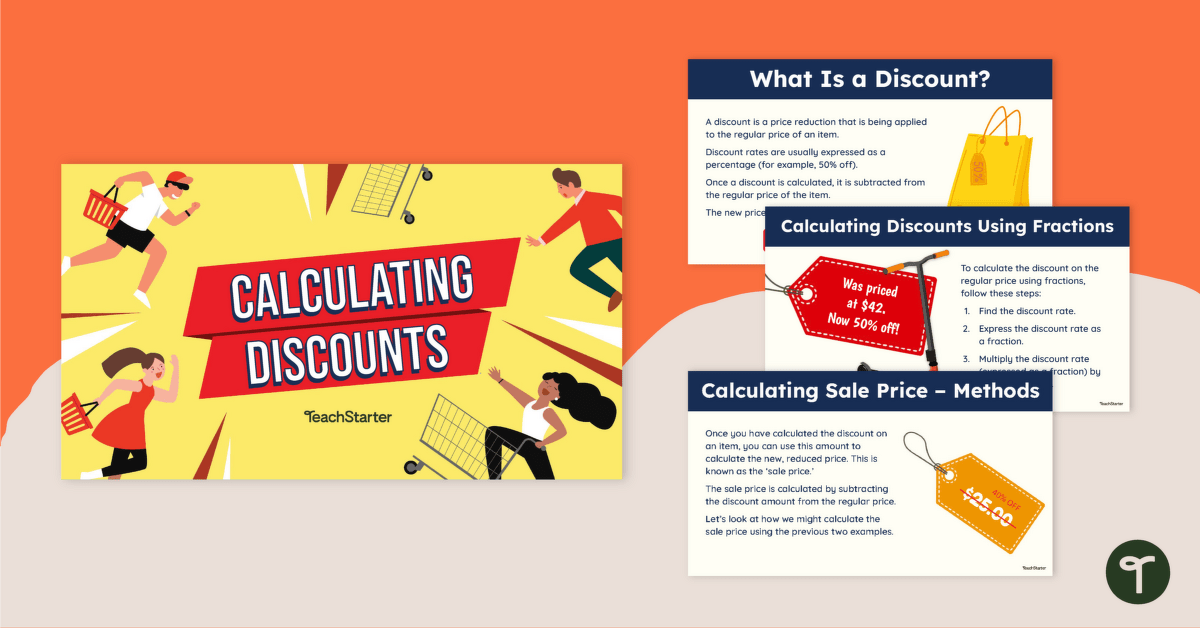

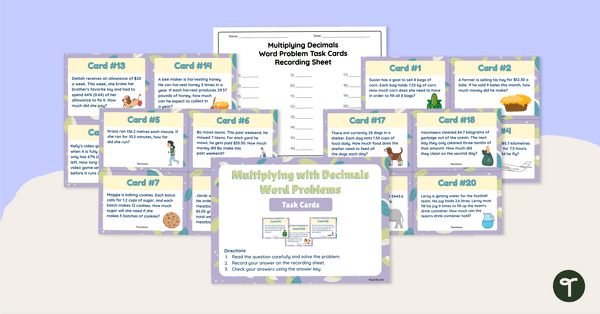
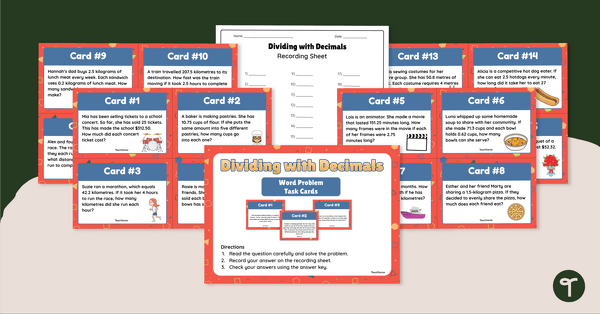
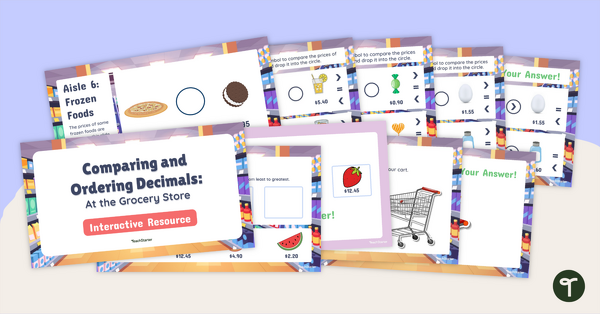

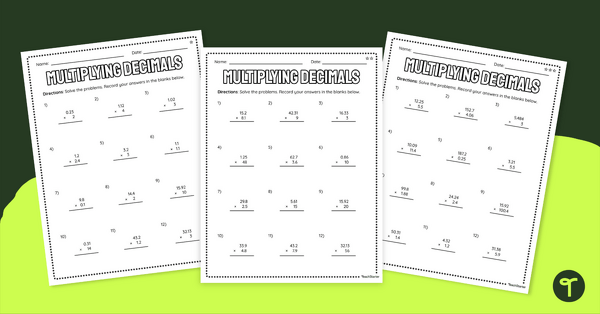
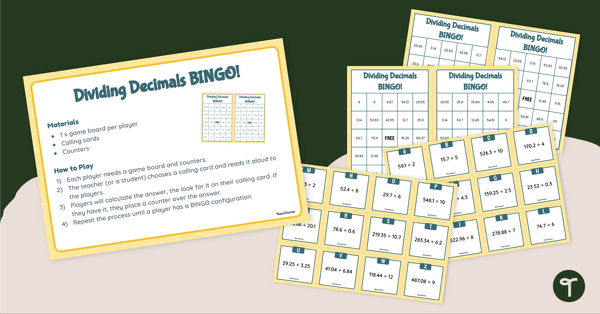

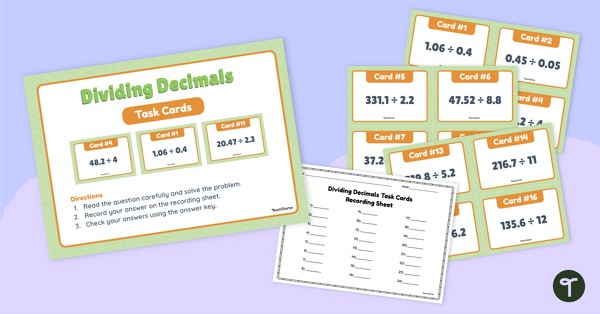

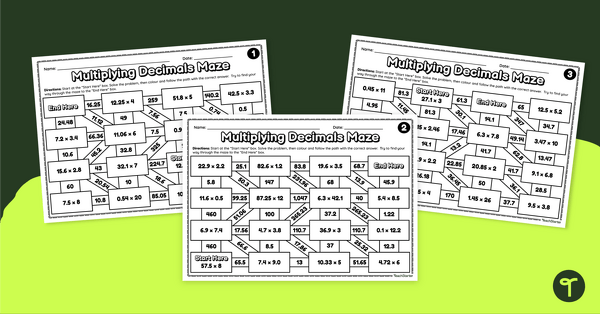
0 Comments
Write a review to help other teachers and parents like yourself. If you'd like to request a change to this resource, or report an error, select the corresponding tab above.